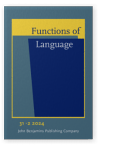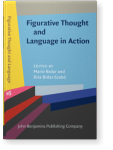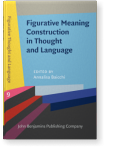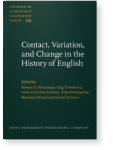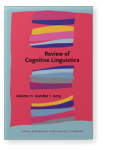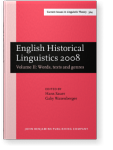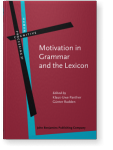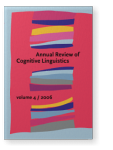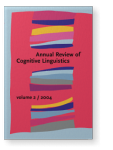Cristiano Broccias
List of John Benjamins publications for which Cristiano Broccias plays a role.
Journal
2022 A Cognitive Grammar approach to ‘metonymy’ Figurative Thought and Language in Action, Brdar, Mario and Rita Brdar-Szabó (eds.), pp. 37–58 | Chapter
This chapter builds on Broccias’s (2017) critique of recent cognitive linguistic approaches to metonymy, which tend to neglect form and the substitutive relation built into the traditional x for y formula. By bringing back to the fore the tropical characterization of metonymy (Matzner 2016),… read more
2020 Falling to one’s death in multiple landscapes: From blending to typology Figurative Meaning Construction in Thought and Language, Baicchi, Annalisa (ed.), pp. 107–128 | Chapter
This paper discusses whether He fell to his death is a possible counterexample to Goldberg’s (1995) Unique Path Constraint, which bans simultaneous motion in multiple landscapes in caused motion/resultative constructions. On the face of it, He fell to his death involves the blending of motion in… read more
2014 Watching as-clauses in Late Modern English Contact, Variation, and Change in the History of English, Pfenninger, Simone E., Olga Timofeeva, Anne-Christine Gardner, Alpo Honkapohja, Marianne Hundt and Daniel Schreier (eds.), pp. 137–162 | Article
Eventive percepts can be expressed not only by means of non-finite complements, either with an infinitive or a participle (e.g. She watched his hand trace/tracing the words), but also by means of hypotactic integration with or without a direct object (e.g. She watched his hand as it traced the… read more
2012 Oriented -ingly adjuncts in Late Modern English English Historical Linguistics 2008: Selected papers from the fifteenth International Conference on English Historical Linguistics (ICEHL 15), Munich, 24-30 August 2008, Sauer, Hans and Gaby Waxenberger (eds.), pp. 147–164 | Article
This paper investigates the history of -ingly adjuncts (such as warningly and sneeringly) which are obtained from present participles and which occur mainly with verbs of saying, watching and motion. Such adverbs can be used in two different ways, depending on the content of their verbal bases.… read more
2011 Motivating the flexibility of oriented -ly adverbs Motivation in Grammar and the Lexicon, Panther, Klaus-Uwe and Günter Radden (eds.), pp. 71–88 | Article
This paper discusses participant-oriented uses of adverbs and tries to motivate their conceptual flexibility within a framework largely inspired by Langacker’s Cognitive Grammar. Usually, at least two types of participant-oriented adverb are identified, manner and transparent adverbs. It is argued… read more
2006 The construal of simultaneity in English with special reference to as-clauses Annual Review of Cognitive Linguistics: Volume 4, Ruiz de Mendoza Ibáñez, Francisco José (ed.), pp. 97–133 | Article
This paper investigates how simultaneity between two events, a main clause event and a subordinate clause event, is coded in English. It focuses on as-clauses but also contrasts them with while-clauses. It argues that as-clauses evoke path events, i.e. events susceptible to change. It also points… read more
2004 The cognitive basis of adjectival and adverbial resultative constructions Annual Review of Cognitive Linguistics: Volume 2, Ruiz de Mendoza Ibáñez, Francisco José (ed.), pp. 103–126 | Article
In this paper I investigate adjectival resultative constructions, which usually do not occur in Romance languages, and adverbial resultative constructions, which are also possible in Romance languages. I claim that adjectival resultative constructions and adverbial resultative constructions rely on… read more
